Exposure meter
Correct exposure is the most important factor in taking a good photo. But in order to be able to adjust shutter speeds and apertures correctly, the user must know the illuminance. For this purpose, light meters are used that can precisely measure light intensity at one point. This allows the flash and all other adjustments to be made in such a way that the photo appears in the right light at the end - in the truest sense of the word. Of course, this requires a little experience, but both professional artists and private users can quickly get to grips with these systems with just a little practice.
How it works
In the light meter there is a light-sensitive diode that is dimmed by special protective measures. This means that the sensitivity corresponds approximately to that of the human eye, so that the values can be transferred 1:1 to visible light. Meaningful information is therefore generated for the exposure of a photo, because the colours and nuances are also perceived here in the same way as they are perceived by the human eye. The exposure meter reports these results in the unit lux, which can then be used to make a conversion in relation to the camera's settings. The more data the device collects, the better the camera can be adjusted to the respective situation. The light intensity can be measured either at the position of the camera or at the object itself.
Various functions
Some light meters also offer the option of switching between different modes. This means that spot illumination can also be measured here, which is necessary for measuring different image sections. By means of a calotte, the emitted light of the light source can then also be aimed directly with these devices. This has the advantage that the strength of the emitted light can be detected exactly, so that the user can adjust the cameras accordingly, especially if there are several light sources. There are also flash exposure meters that measure the intensity of a flash and thus determine the correct setting for the existing lighting in the room to prevent overexposure of the image. However, such functions are not available on all meters.
For a perfect picture
With the help of the light meter, a perfect picture can be taken in almost any situation. Even if the situation is unclear to the naked eye, the device gives correct values that can then be transferred to the camera. Even in fog or very bright sunlight, the correct settings can be found. Especially in studios, measuring devices are indispensable, because here the lighting conditions are controlled, but they are usually in deep contrast to the surrounding darkness. Especially when working with flash light in such a scenario, the exact measurement of the lighting is essential for the success of the shots. Therefore, light meters are used in every professional setting and many amateur photographers also swear by this technology, as it is now also integrated in many cameras. However, this does not make an external light meter superfluous in any case, but both systems together complement each other wonderfully, because the values determined can provide even more accurate results when taken together.
Lightweight and portable
With light meters, we are not talking about heavy equipment, but about small aids that can be carried in any pocket or even on the wrist. Because they are powered by batteries, they have quite a long lifespan, as the systems only consume extremely small amounts of energy. Therefore, they can be used for months without the need to change them. Their universal and easy usability also makes them attractive for hobby photographers in all fields. It does not matter whether you are going on a safari or strolling along beaches. For the perfect photo, the small and always ready light meter is quickly at hand and can be put to use in just a few seconds.
Indispensable
Today, the light meter has become indispensable for professionals. More and more private individuals are also reaching for it and taking advantage of the multitude of possible functions, which, however, can vary with each model. The quality of the pictures they take proves them right, because the differences to optically measured photos are considerable.
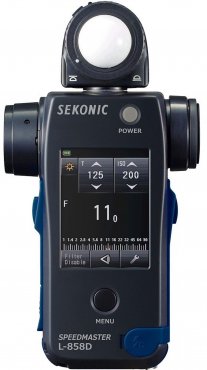

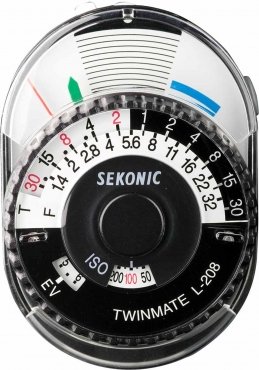
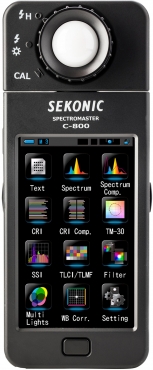

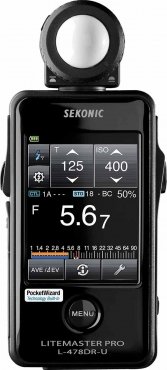
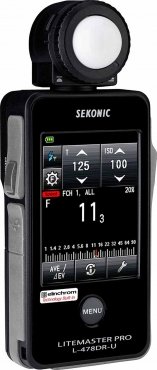
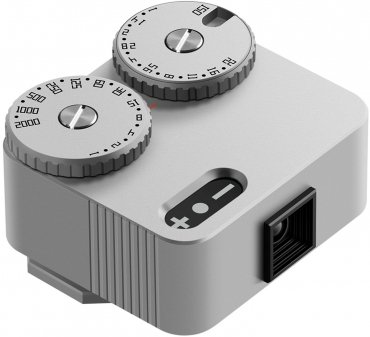
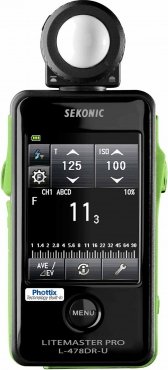

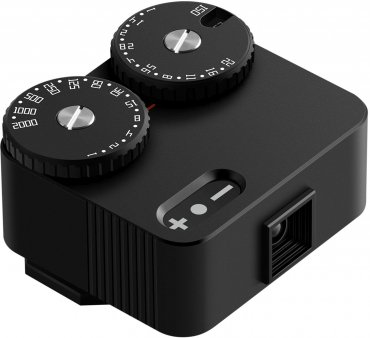

Simply subscribe and benefit as a newsletter recipient every week: